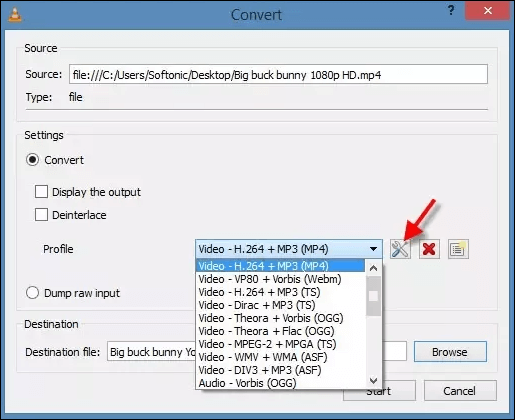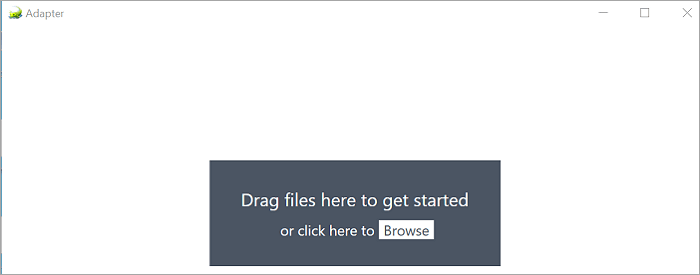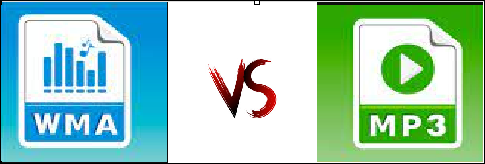-
![]()
Sofia Albert
Sofia has been involved with tech ever since she joined the EaseUS editor team in March 2011 and now she is a senior website editor. She is good at solving various issues, such as video downloading and recording.…Read full bio -
![]()
Alin
Alin is a sophisticated editor for EaseUS in tech blog writing. She is proficient in writing articles related to screen recording, voice changing, and PDF file editing. She also wrote blogs about data recovery, disk partitioning, data backup, etc.…Read full bio -
Jean has been working as a professional website editor for quite a long time. Her articles focus on topics of computer backup, data security tips, data recovery, and disk partitioning. Also, she writes many guides and tutorials on PC hardware & software troubleshooting. She keeps two lovely parrots and likes making vlogs of pets. With experience in video recording and video editing, she starts writing blogs on multimedia topics now.…Read full bio
-
![]()
Gorilla
Gorilla joined EaseUS in 2022. As a smartphone lover, she stays on top of Android unlocking skills and iOS troubleshooting tips. In addition, she also devotes herself to data recovery and transfer issues.…Read full bio -
![]()
Rel
Rel has always maintained a strong curiosity about the computer field and is committed to the research of the most efficient and practical computer problem solutions.…Read full bio -
![]()
Dawn Tang
Dawn Tang is a seasoned professional with a year-long record of crafting informative Backup & Recovery articles. Currently, she's channeling her expertise into the world of video editing software, embodying adaptability and a passion for mastering new digital domains.…Read full bio -
![]()
Sasha
Sasha is a girl who enjoys researching various electronic products and is dedicated to helping readers solve a wide range of technology-related issues. On EaseUS, she excels at providing readers with concise solutions in audio and video editing.…Read full bio
Page Table of Contents
0 Views |
0 min read
The iPhone's Voice Memos software makes it simple and quick to record your voice, meetings, music, interviews, and any other adjacent noises. Additionally, you can send voice memos via email, iTunes, or a specific iOS data transfer tool to your PC and other devices.
However, since the iPhone formats its voice memos as M4A, which isn't supported by many platforms and programs, you might find that you can't open iPhone voice memos with other devices or video editing tools. Converting voice memos to MP3 is the best way to handle this issue, and the article provides three different conversion methods.
To simplify the decision-making process, we have assembled a comparison table that distills the essential information about these tools, allowing users to identify the most appropriate option quickly.
| Methods | Effectiveness | Difficulty |
|---|---|---|
| EaseUS VideoKit | Offer high-quality conversion without quality loss. | Super easy |
| VLC Media Player | Effective conversion can be finished with some technical expertise. | Super easy |
| Zamzar | Offer online quick conversion. | Super easy |
| Apple Music | Effective, but the process may vary depending on the device you use. | Moderate |
What Format Does a Voice Memo Use
The Advanced Audio Coding (AAC) or Apple Lossless Audio Codec is used to compress the MPEG-4 code used to record and playback audio files in the Voice Memo app for the iPhone (ALAC). The ".M4A" file extension is used instead of the ".MP4" file extension because the Voice Memo app only saves audio data. The MPEG-4 Audio multimedia file format, used to hold compressed audio, is used to record sound. Recordings can be compressed so that they use less storage space than if they were stored as raw sound files. M4A is not compatible with all media players, even though it enables effective file storage.
How to Convert a Voice Memo to MP3
There are three popular ways for you to convert voice memos to MP3. Choose one of them to get things done within minutes.
Method 1. Using EaseUS VideoKit
One of the best MP3 converter tools for Mac and PC is EaseUS VideoKit. When you open it, you will discover that it can handle every audio/video conversion operation. Its useful features let you convert your voice memos to MP3 files and do simple file editing operations on things like resolution, bitrate, and frame rate.
Besides, as its name indicates, the EaseUS VideoKit also works to convert videos between different formats or convert videos to audio. Here are some examples:
- Convert M4V to MP4
- Convert M4V to MP4
- Convert MOV to FLV
- Convert MP4 to MP3
If you need to convert video or audio files often, it is advisable to get such a tool.
Step 1. Start EaseUS VedioKit and move to the "Audio Converter" tab.
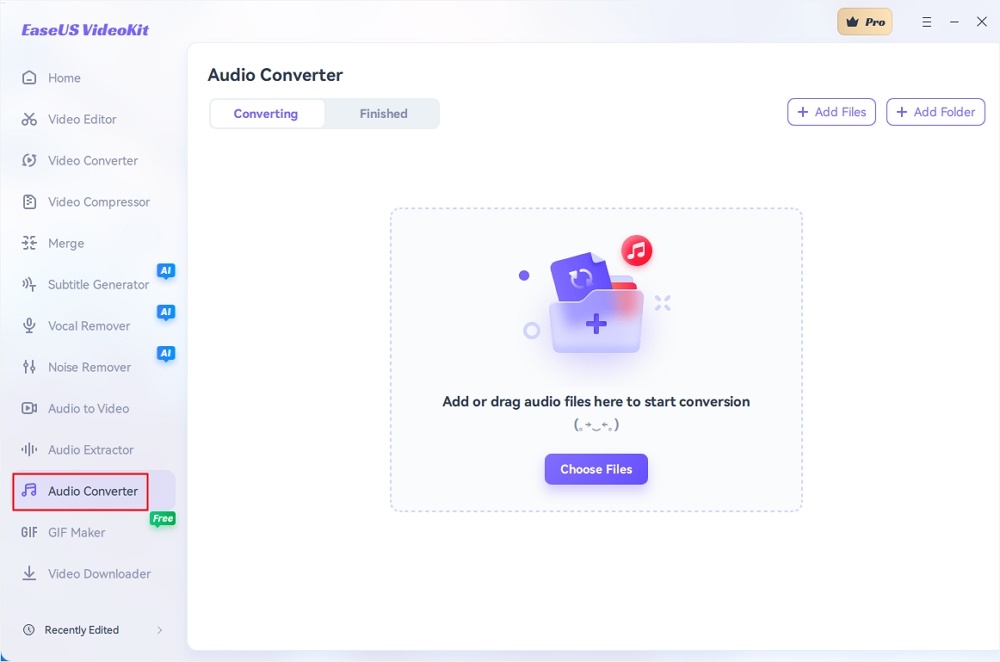
Step 2. Click "Choose File" or drag and drop your audio files. Add another file or folder above.

Step 3. Select the target format that you want to convert, and choose its ratio. You can also tab the gear icon next to the file to access the same interface.
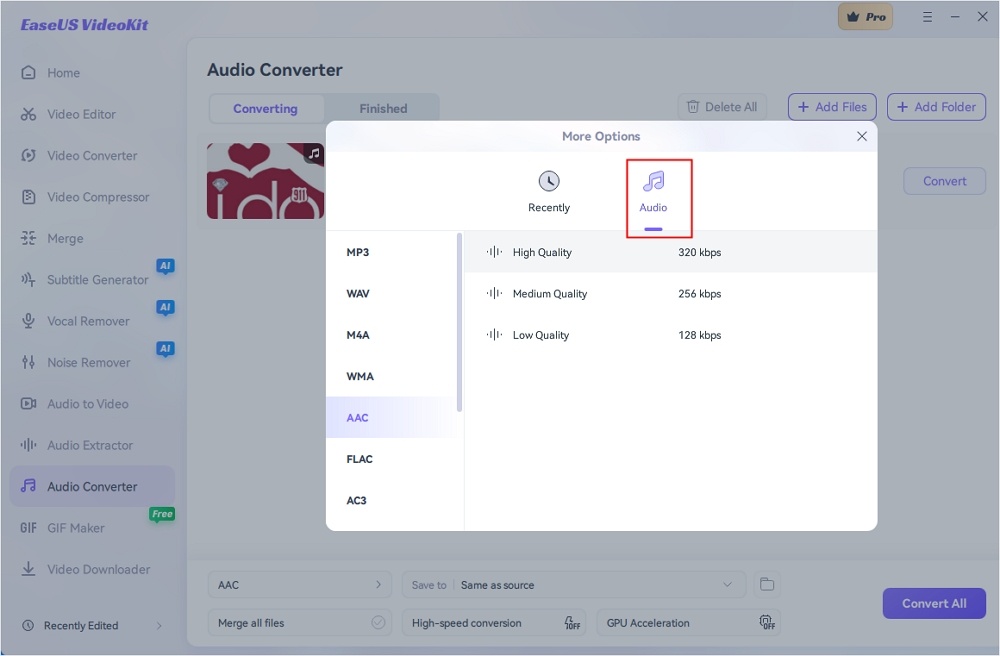
Step 4. Click "Save to" for the storage location, and check "Merge all files" as needed. Turn on "High-speed conversion" and "GPU Acceleration" optionally.
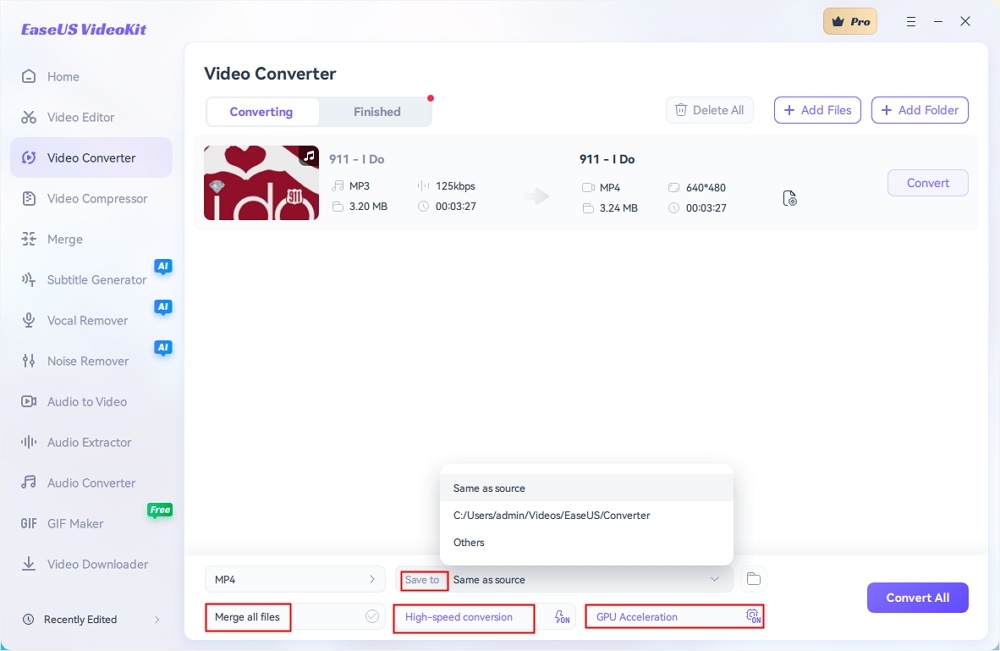
Step 5. Press "Convert" at the right of the clip or click "Convert All" in the bottom right to convert. After that, you can find the converted file in the designated folder.
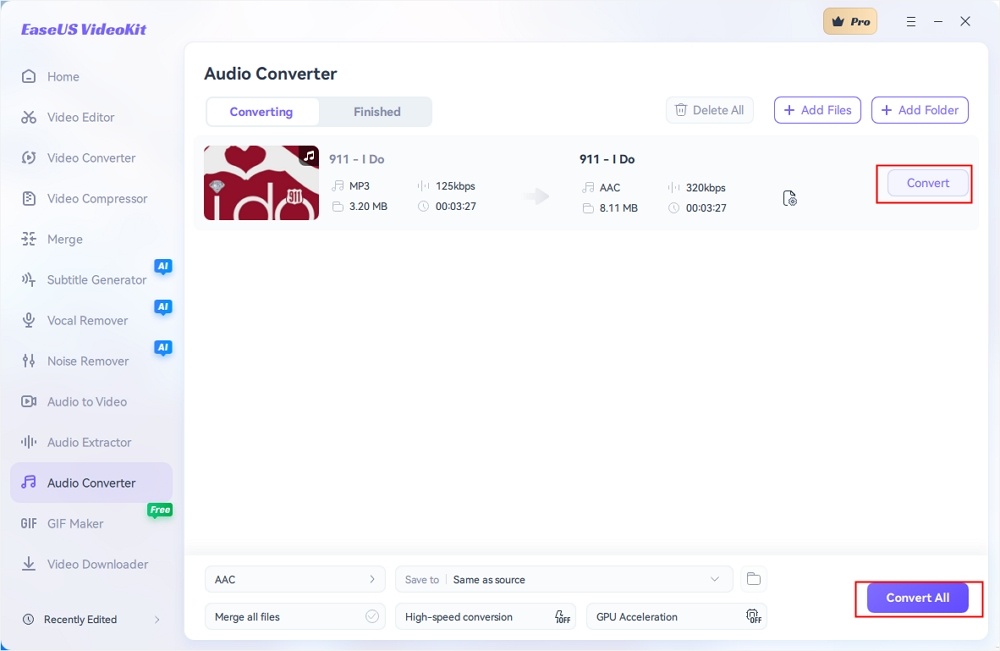
Method 2. Using VLC Media Player
Most multimedia formats, as well as DVDs, Audio CDs, VCDs, and several streaming protocols, may all be played using the free VLC media player and framework. With this open-source video converter, you may convert voice memos to MP3 in addition to playing audio and video files. To convert voice memos using VLC, adhere to this guide.
Step 1. Launch the VLC media player. Click "Convert/Save" or just press Ctrl+R under the "Media" tab.
Step 2. To add the voice memo to your computer, click "Add" in the "File" window.
Step 3. Select the desired format from the "Profile" menu by clicking "Convert/Save" or by pressing Ctrl+O.
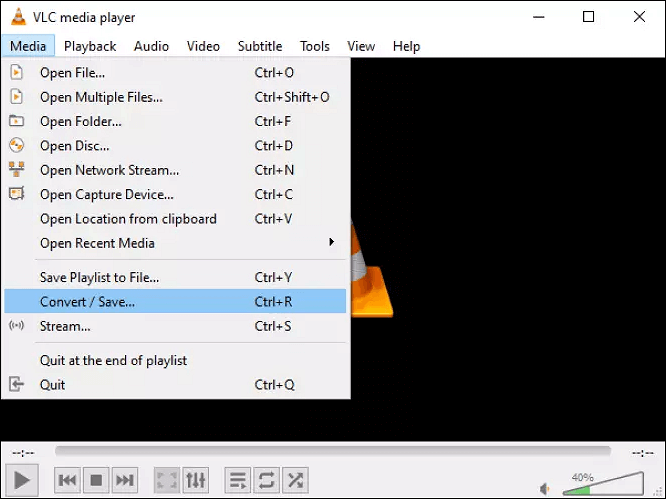
Method 3. Using Online Audio Converter (Zamzar)
Online tools have increasing popularity nowadays. When it comes to the best audio converters for Mac, Zamzar is definitely on the list. There are plenty of online audio converters available. Among them, I'd like to recommend Zamzar. Here are the easy steps to convert voice memos to MP3 with it:
Step 1. Select the "M4A file" that must be converted.
Step 2. Choose "MP3" as the output format for your M4A file conversion.
Step 3. To convert your M4A file, click "Convert."
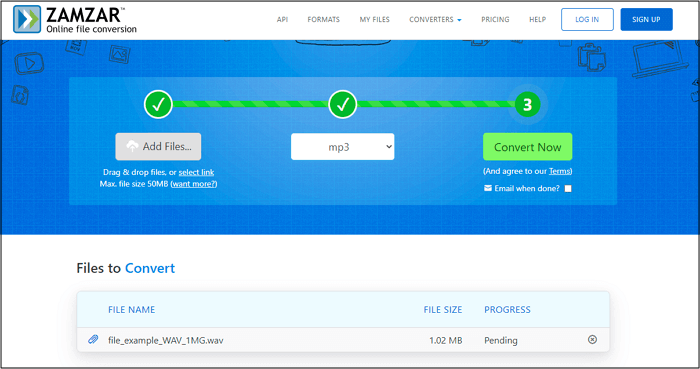
Method 4. Using Apple Music
To convert song files between compressed and uncompressed formats such as voice memos to mp3, use the iTunes software for Windows or the Apple Music program on Mac. For instance, to conserve disc space, you might want to import certain uncompressed tracks as compressed files into your music library. MP3 and Apple Lossless Encoder are two examples of compressed formats. AIFF and WAV are two examples of uncompressed formats.
Step 1. Launch the "Apple Music application."
Step 2. Select "Music" > "Preferences" from the navigation bar.
Step 3. Select "Import Settings" from the Files tab.
Step 4. Select the "encoding format" you wish to convert the song to by clicking the menu next to Import Using.
Step 5. Press "OK."
Step 6. Choose whatever "songs" in your library you wish to convert.
Step 7. Select "Create format Version" under File and then click on "Convert."
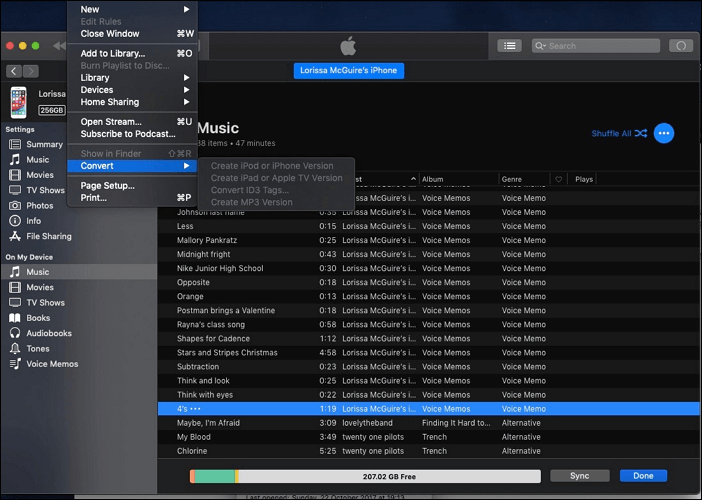
Conclusion
Voice memos have a format of .m4a and are not supported by media players other than iPhone and Mac. To solve this problem, we often use other methods. From these methods, the EaseUS VideoKit is a very quick and easy method to convert voice memos to MP3 format. Another efficient method is by using the VLC media player. Even the online method is better; if your file size is comparable not too large, then you can also use Zamzar. However, Apple Music is also used to convert different audio formats into MP3.
Unlock the magic of turning your voice memos into MP3 files effortlessly on your Mac. Share this article with your friends, and let them in on the secret!
FAQs on Converting Voice Memos to MP3 on Mac
This part lists frequently asked questions; if you have more questions about this topic, read it.
1. How do I convert voice recordings to MP3?
To convert voice recordings to MP3, you can use EaseUS VideoKit. Here's a general process:
Step 1. Upload the voice recording file you want to convert.
Step 2. Select MP3 as the output format.
Step 3. Start the conversion process.
Step 4. Download the MP3 file to your device.
2. How do I export audio from voice memos on Mac?
To export audio from voice memos on a Mac:
Step 1. Open the "Voice Memos" application on your Mac.
Step 2. Find and select the voice memo you want to export.
Step 3. Right-click on the selected voice memo.
Step 4. From the context menu, choose "Export."
3. How do I convert my iPhone music to MP3?
To convert your iPhone music to MP3, Just upload your source music file from your iPhone to EaseUS VideoKit, then choose MP3 as the output format. Then click to start conversion. Finally, download the MP3 file to your computer.


